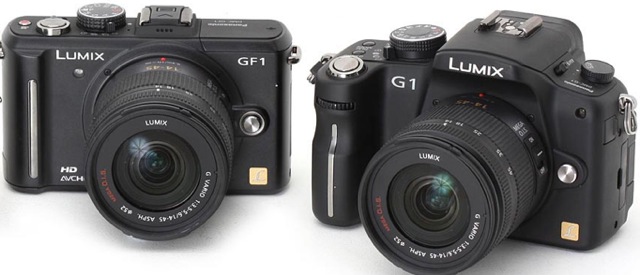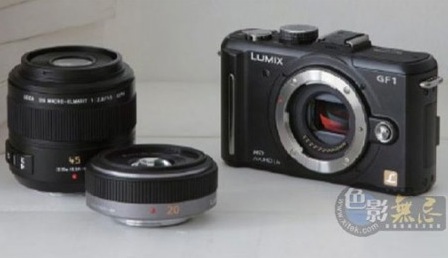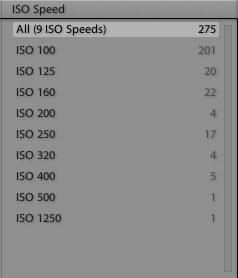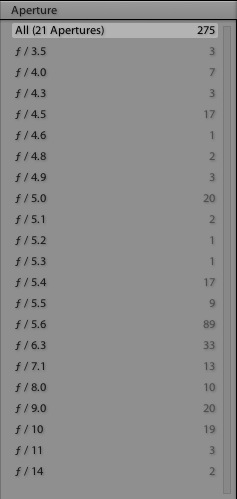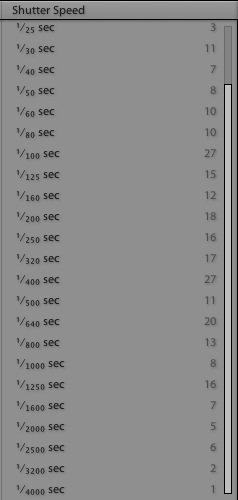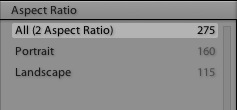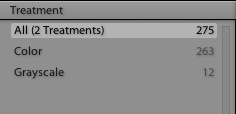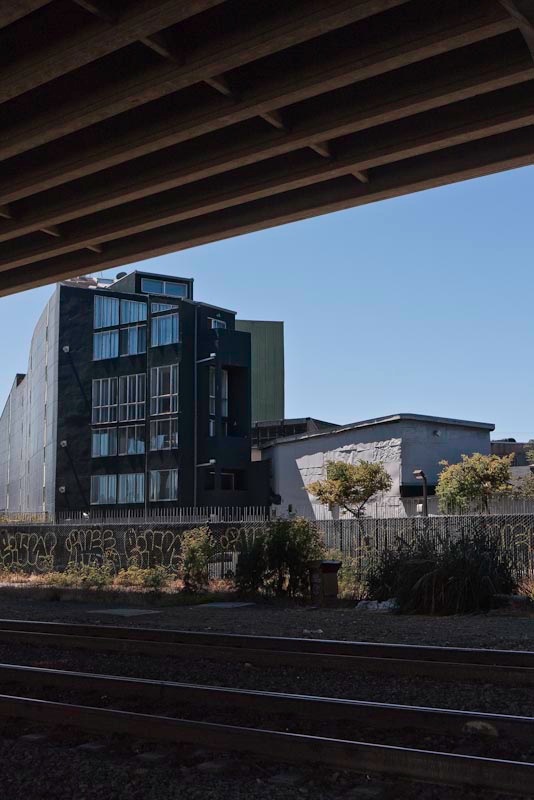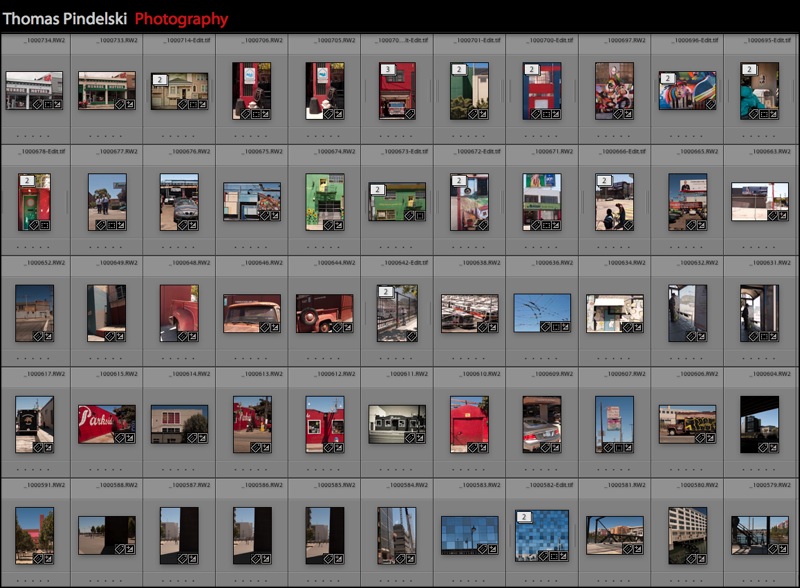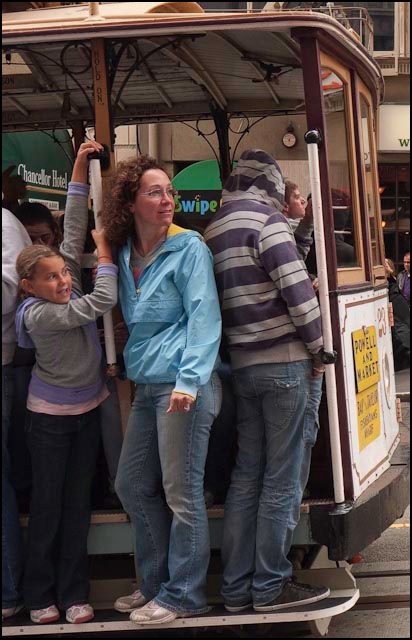Sensor design is still in its early days.
A friend of the blog, has forwarded a fascinating technical piece which addresses changes in digital sensor design and suggests the oligopoly held by Canon and Nikon, who account for 78% of the DSLR market, is likely to weaken.
Most significantly, the article provides evidence that the Panasonic sensor in the GH1 (the G1 with video added) is anything but the same as the one in the G1. I would hate to have to compete with a behemoth like Panasonic which can roll out the first workable Electronic View Finder in the G1 only to completely redesign its sensor for the GH1 released shortly thereafter.
I quote: “Upon receiving the DMC-GH1, we fully expected to see a fabrication process similar to the DMC-G1, but partnered with a new design to add HD video functionality. While still early in our analysis, we have been pleasantly surprised to see Panasonic switch fabs and radically re-design their fabrication process and pixel architecture. ”
By the way, the GH1’s sensor is oversize compared to the one in the G1 so that when the user changes aspect ratios (16:9, 3:2 or 4:3) the total pixels used stay much the same.
The article also addresses innovations by Samsung in the sensors used in the fine Samsung/Pentax DSLR cameras and suggests that Canon is sitting on its laurels for now. In fairness, I have to add that’s no bad thing given how wonderful the FF sensor in my 5D is, but I have never known complacency to be a winning strategy.
Click the chart for more.
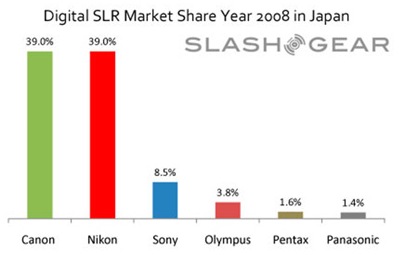
For those who thought sensor designs had peaked this piece will reinforce the fact that we are still in the early stages of innovation which, coupled with the new breed of Electronic View Finders, will make the next decade a Golden Era for new and increasingly responsive camera designs. In fact I expect that a decade hence, the pentaprism and flapping mirror will have disappeared from all but the most basic cameras (and the Leica DSLR, of course), confined to Rube Goldberg’s (Heath Robinson’s for UK readers) garbage bin where they belong.
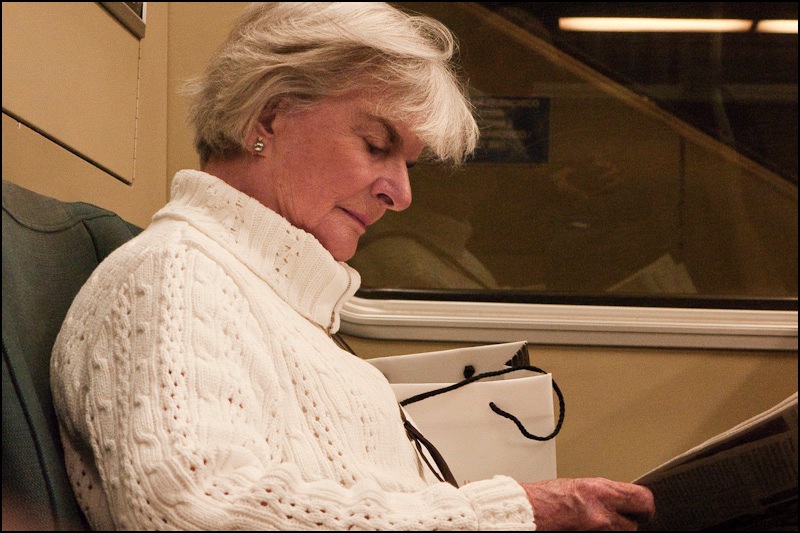
On the BART. The G1’s antiquated sensor will do fine for now!
G1, 31mm, f/5.4, 1/80, ISO 800
